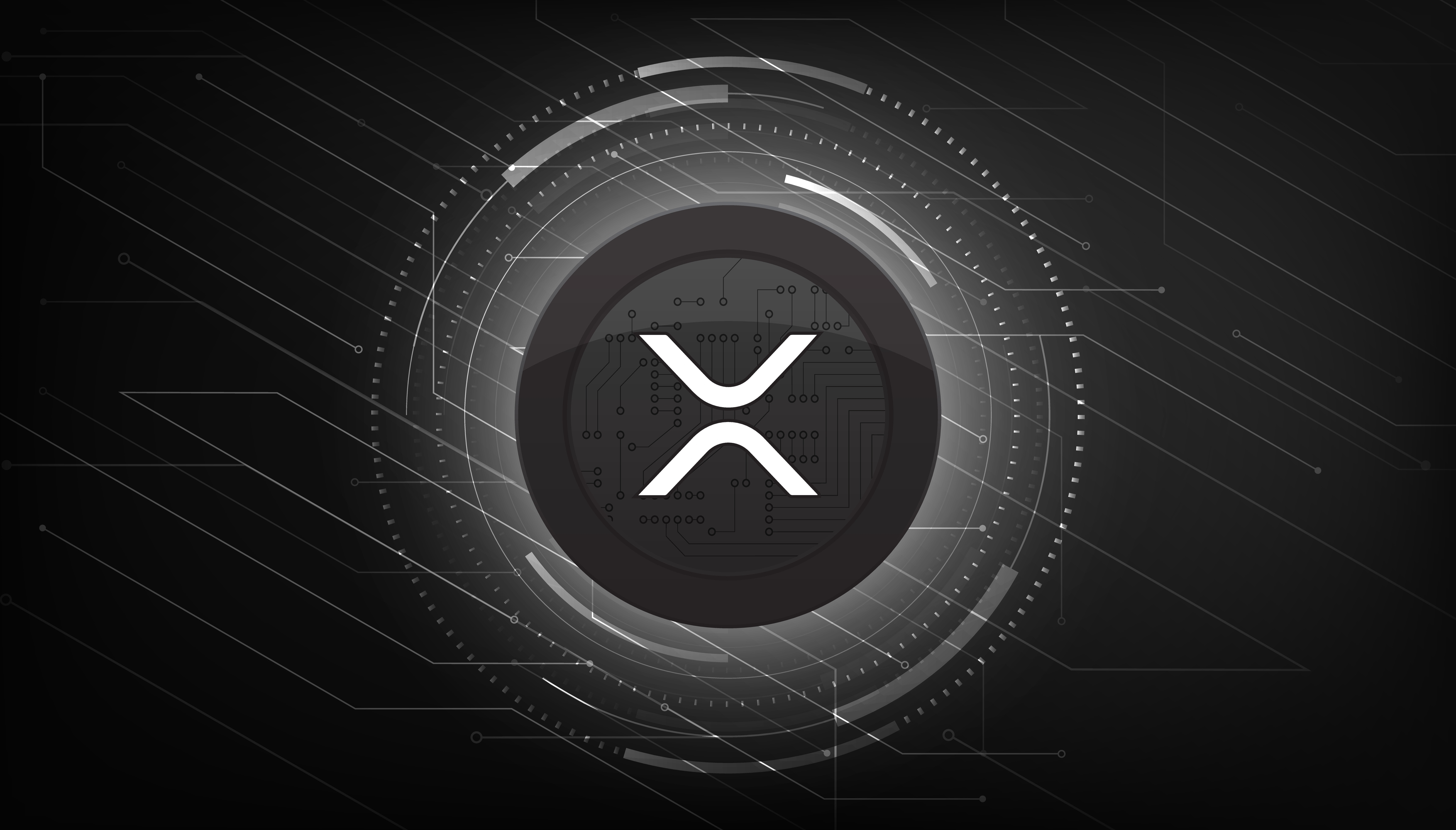ARTICLE AD
Ethereum price has rebound positively as Vitalik Buterin hinted at plans to enhance the future of the Layer 1 blockchain.
Key Notes
Vitalik Buterin has hinted at new solutions to enhance the protocol.He aims reduce slot time and the Ethereum stake amount required by validators.Ultimately, his proposition hinges on security enhancements.Vitalik Buterin, the vocal Ethereum co-founder, recently published an article on the future of the protocol, focusing on “The Merge”. Recall that Ethereum ETH $2 524 24h volatility: 2.4% Market cap: $304.00 B Vol. 24h: $11.79 B transitioned from the Proof-of-Work (PoW) to the Proof-of-Stake (PoS) model two years ago in a process known as The Merge. The new insight from Buterin aims to boost Ethereum’s stability, performance, and capacity to avoid centralization risks.
The Core Goals to Revamp Ethereum
In Buterin’s article, the developer acknowledged that the PoS mechanism brought some improvements to the Ethereum network, but it still needs to improve. His proposal for improving the consensus algorithm centered around two goals: achieving single-slot finality (i.e., blocks are confirmed in one slot at around 12 seconds) and democratizing staking (lowering the staking threshold to 1 ETH).
He pointed out that it currently takes 2-3 epochs, which is approximately 15 minutes, to finalize a block. Also, 32 ETH is needed to become a staker. From inception, the team came up with these terms of operation to maximize the number of validators that can stake, minimize the time of finality, and minimize the overhead of running a node.
Noteworthy, maximizing the number of validators is equivalent to minimizing the minimum ETH required to stake. Over time, these goals conflicted with each other. For instance, every single validator is required to sign two messages for an economic finality to happen. Hence, a large number of validators will require a longer time to process signatures.
Ordinarily, it is expected that Ethereum adopts a native committee-based approach where a full set of validators would participate to achieve economic finality. However, Buterin noted that it does not work, citing that it could lead to a 51% attack. If this is the case, the attacker with 51% control can revert a finalized block or delay finality.
Proposal to Achieve These Goals
Vitalik Buiterin proposed three possible solutions to these shortcomings. Dubbed the Brute force, Buterin believes that improving the signature aggregation protocol with ZK-SNARKs could allow the processing of signatures from millions of validators in each slot. He also talked about introducing the Orbit committee mechanism.
Here, a randomly selected medium-sized committee becomes responsible for finalizing the chain while preserving the cost-of-attack properties. For his last option, Buterin talked about implementing a two-tier staking system with two classes of stakers. One would have a higher requirement, while the other would have a lower deposit requirement.
Ultimately, Buterin aims to bring Ethereum’s properties in line with those of Layer 1 chains, which are performance-focused and more centralized. Ethereum could benefit from the higher level of security that the finality mechanism presents. As part of the benefits of making this move, there is the promise of a simplified protocol and surrounding infrastructure for user transactions.
Amidst these proposal introductions, the price of Ethereum has maintained its rebound over the past few days. The altcoin is currently trading at $2,521.25, up 2.41% in the past 24 hours.
Disclaimer: Coinspeaker is committed to providing unbiased and transparent reporting. This article aims to deliver accurate and timely information but should not be taken as financial or investment advice. Since market conditions can change rapidly, we encourage you to verify information on your own and consult with a professional before making any decisions based on this content.
Cryptocurrency News, Ethereum News, News

Benjamin Godfrey is a blockchain enthusiast and journalist who relishes writing about the real life applications of blockchain technology and innovations to drive general acceptance and worldwide integration of the emerging technology. His desire to educate people about cryptocurrencies inspires his contributions to renowned blockchain media and sites.


 1 month ago
20
1 month ago
20 

